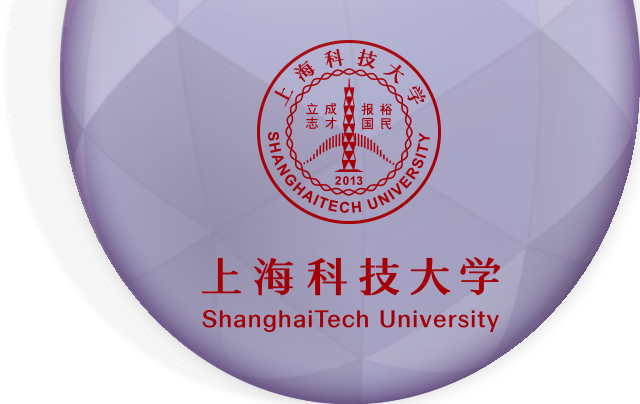ShanghaiTech SEM Working Paper No. 2022-003
Linyi Cao
ShanghaiTech University of Fincance and Economics
Helu Jiang
ShanghaiTech University of Fincance and Economics
Guangwei Li
ShanghaiTech University
Lijun Zhu
Peking University
With quantity-based innovation targets and subsidy programs launched since the mid-2000s, Chinese patents have seen a sharp increase in number, accounting for 46% of the world’s total patent applications in 2020; however, their overall quality has been steadily declining over time. This paper develops a Schumpeterian growth model featuring innovating firms’ quantity-quality trade-off between radical and incremental innovations, and decomposes subsidies’ impact on growth and welfare into quantity and quality channels. We calibrate the model to Chinese firm-level R&D data in the early 2010s. The model-based quantitative analysis shows that the quality channel effects are negative and dominant, and quantity-based subsidies reduce welfare by around 9%. We evaluate welfare gains under a constrained planner’s problem, and propose a quality-biased subsidy — subsidizing the human capital accumulation —which effectively recovers the optimal allocation.
Date Written: July 22 2022
Available at SSRN: https://ssrn.com/abstract=4169354
Download this paper:![]() 【No. 2022-003】Haste Makes Waste?.pdf
【No. 2022-003】Haste Makes Waste?.pdf




